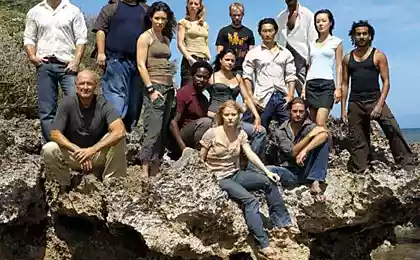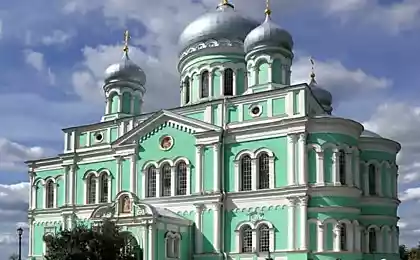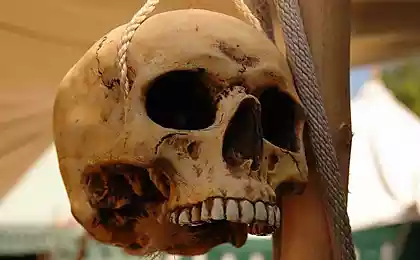486
Reserve "Kizhi" in Karelia
A huge number of tourists come to Karelia to see one of the wonders of Kizhi architectural ensemble XVIII-XIX CC. Kizhi island (its length is 7km, width from 500m to 1.5 km) located in lake Onega, the second largest among the European waterways. In 1966. the island was created one of the first museums in Russia under open sky.
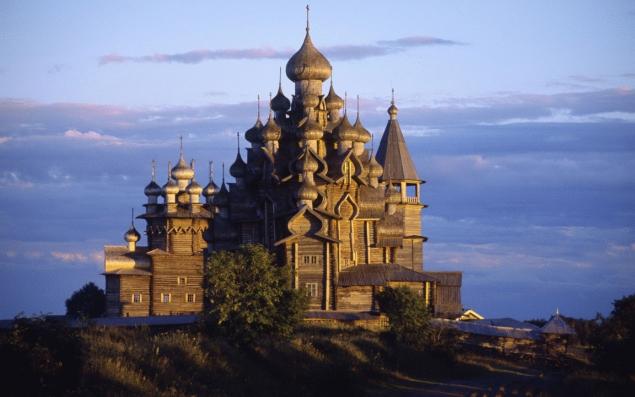
In the collections of the State historical-architectural and ethnographic Museum-reserve "Kizhi" contains more than 40 thousand items telling about the life of indigenous peoples of the region-Karelians, Veps and Russian. The island has a rich history. It is believed that the name comes from the Karelian word kizat, meaning "merrymaking". Here in ancient times people came from the nearby island to worship. The first mention of the Kizhi Pogost (the dictionary Dahl, the graveyard — several villages under the control of one ward) scientists have discovered in the book scribe of 1582 — 1583. At this time, the Kizhi Pogost was considered the center, which was built two wooden Church of the Transfiguration, Spasovka and the blessed virgin.
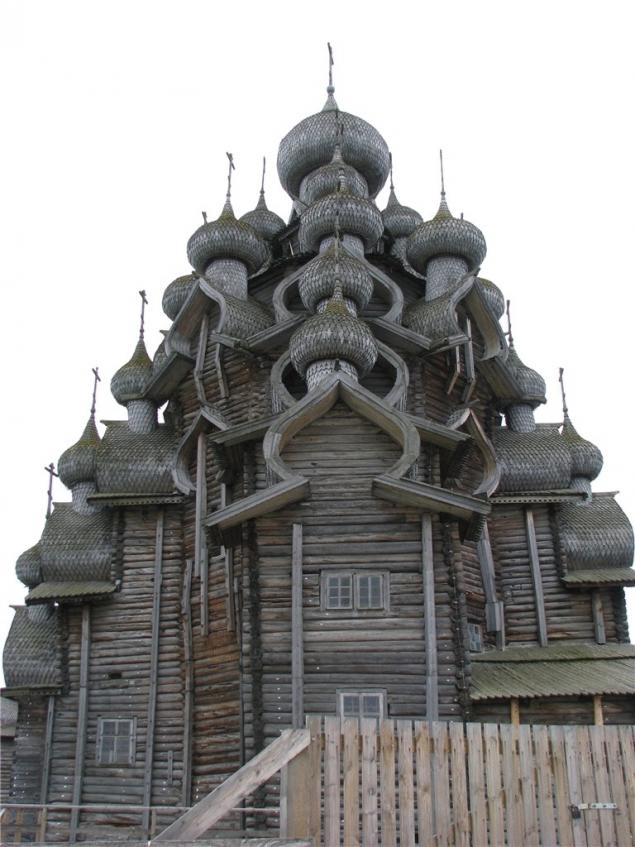
Osrow in its history repeatedly subjected to foreign invasions. At the beginning of the XVIII century wooden Transfiguration Church burned down from caught in her zipper. In 1714 there was built a new Church of the Transfiguration, which to this day surprises the travelers with its grandeur and beauty. It is decorated with 22 onion domes. There is a belief that the plan charted the Emperor Peter I. after half a century near the Church of Transfiguration was built intercession, winter Church. Museum — reserve "Kizhi" from 1993 included in the "list of Especially valuable objects of cultural heritage of the peoples of the Russian Federation". A great contribution to the creation of the Museum made the scientist, the architect, the researcher of wooden architecture Alexander of long-tailed Tits.
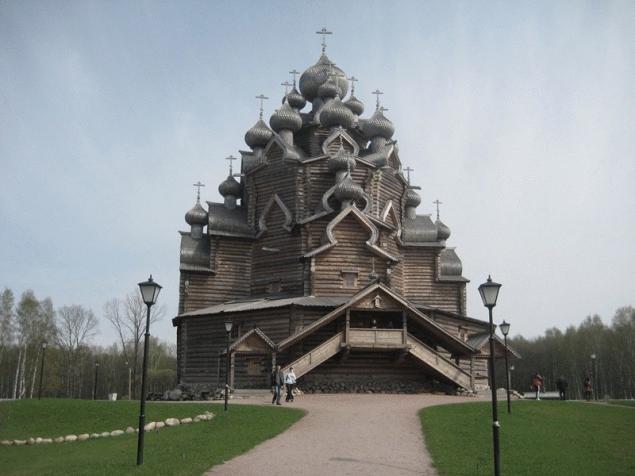
In a unique collection of the Museum, there are 87 architectural monuments, representing the traditional buildings in different time period. More than 500 unique icons kept in the Museum. About the life, traditions and culture of the region very clearly and vividly tells for many years the current live exposure.
Source: /users/117

In the collections of the State historical-architectural and ethnographic Museum-reserve "Kizhi" contains more than 40 thousand items telling about the life of indigenous peoples of the region-Karelians, Veps and Russian. The island has a rich history. It is believed that the name comes from the Karelian word kizat, meaning "merrymaking". Here in ancient times people came from the nearby island to worship. The first mention of the Kizhi Pogost (the dictionary Dahl, the graveyard — several villages under the control of one ward) scientists have discovered in the book scribe of 1582 — 1583. At this time, the Kizhi Pogost was considered the center, which was built two wooden Church of the Transfiguration, Spasovka and the blessed virgin.

Osrow in its history repeatedly subjected to foreign invasions. At the beginning of the XVIII century wooden Transfiguration Church burned down from caught in her zipper. In 1714 there was built a new Church of the Transfiguration, which to this day surprises the travelers with its grandeur and beauty. It is decorated with 22 onion domes. There is a belief that the plan charted the Emperor Peter I. after half a century near the Church of Transfiguration was built intercession, winter Church. Museum — reserve "Kizhi" from 1993 included in the "list of Especially valuable objects of cultural heritage of the peoples of the Russian Federation". A great contribution to the creation of the Museum made the scientist, the architect, the researcher of wooden architecture Alexander of long-tailed Tits.

In a unique collection of the Museum, there are 87 architectural monuments, representing the traditional buildings in different time period. More than 500 unique icons kept in the Museum. About the life, traditions and culture of the region very clearly and vividly tells for many years the current live exposure.
Source: /users/117

